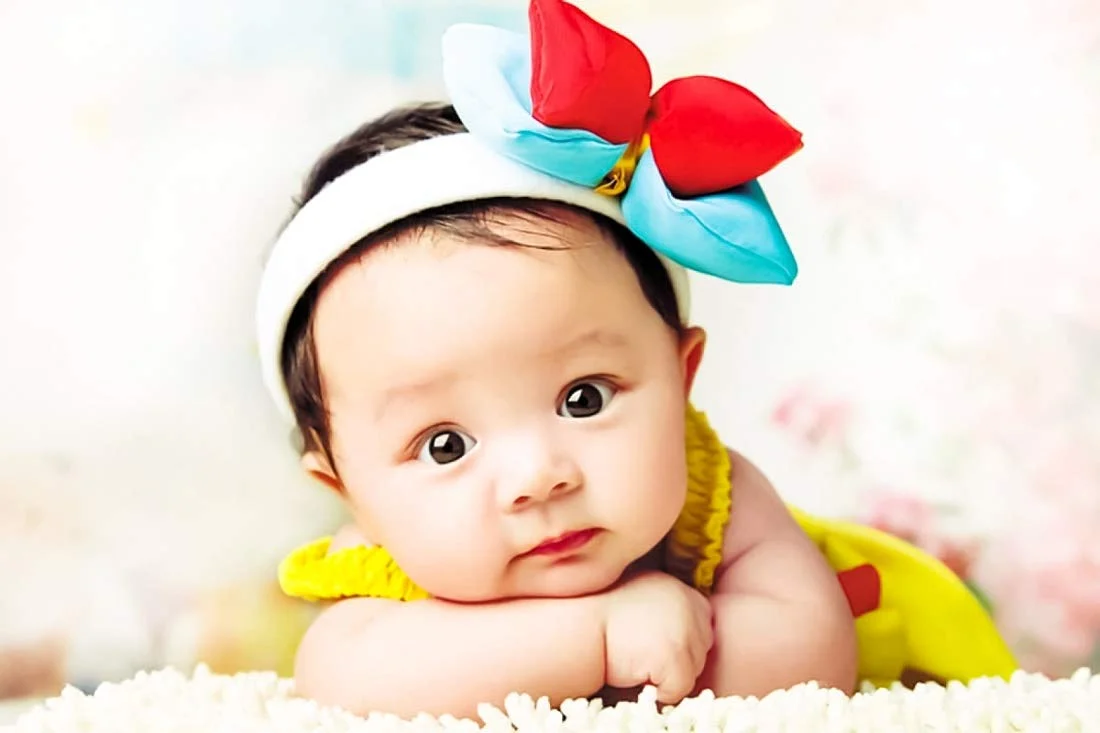Lazy Sundays are sacred in our household. Most shops are closed or only open later in the day, so we embrace the slower pace. Mark is in the kitchen whipping up a delicious breakfast, while I relax on the couch, nursing our little one, Leo, and planning our afternoon nature outing. Our daughter, Emma, is happily engaged in her room, building with her blocks.
Today, the sun is shining, and the crisp autumn air lifts our spirits. Mark is preparing wentelteefjes, the Dutch take on French toast, topped with goat cheese, strawberries, mango, and blueberries. I’m busy looking up local trails to search for fly agaric mushrooms; those iconic red mushrooms with white spots that I once believed only existed in video games and fairy tales. Little did I know they grow abundantly here, famous for their toxicity and hallucinogenic effects. We’re just hoping to enjoy their beauty from afar.
“Hey love, check this out,” calls Mark from the dining area.
I glance over to see Emma in her high chair, beaming with joy. Our 3-year-old has taken the initiative for breakfast, with a piece of bread generously slathered in unsalted butter and topped with hagelslag—tiny chocolate sprinkles.
“No wonder Dutch kids are considered the happiest in the world,” I think. “Who wouldn’t be thrilled to start the day with chocolate?”
I can already hear the disapproving gasps from the internet’s perfect parents. Chocolate for breakfast? Many would argue that beginning the day with a sugar rush is a poor choice. The mess he’s made is extensive, with butter smeared across his high chair and chocolate sprinkles scattered everywhere.
Mark and I exchange glances. Should we scold her? Instead, we burst into laughter, dismissing it as another parenting fail. Oblivious to the chaos, Emma munches on her hagelslag sandwich, and Mark captures her blissful expression with a photo.
The Secret to Happiness?
So, what’s the deal with having hagelslag for breakfast? Could this be the secret to Dutch children’s happiness? A BuzzFeed video featuring American children trying traditional breakfasts from around the world showed that this Dutch treat certainly piqued their interest. What child wouldn’t want to wake up to chocolate every morning? Yet, kids in other countries also indulge in sugary breakfasts, often in the form of cereals like Coco Pops. The key, it seems, lies in the fact that Dutch families prioritize breakfast together.
According to a 2013 UNICEF report, which declared Dutch kids as the happiest globally, 85% of Dutch children aged 11, 13, and 15 surveyed eat breakfast daily. The ritual of gathering around the table for breakfast before school and work is a cornerstone of Dutch family life, a practice not seen as frequently in American or British households where breakfast is often skipped in the morning rush.
The Dutch evidently understand the value of regular meals, starting with breakfast, which helps to curb unhealthy snacking and fosters concentration in school. Their commitment to family meal times contributes to their children’s happiness and wellbeing.
A Different Perspective on Food
Initially, I was shocked to discover that chocolate sprinkles are a breakfast staple in the Netherlands. Aren’t they aware of the need for a balanced diet low in fat and sugar? The Dutch are often seen by expats as having a reputation for bland, uninspired cooking. Their approach to food is practical: meals should be quick to prepare, affordable, and nutritious. The only difference between a typical Dutch lunch and breakfast is the time of day; both usually consist of open-faced sandwiches. Dinner, the sole hot meal, typically includes a protein, a vegetable, and a carbohydrate—not exactly gourmet fare.
Nevertheless, recent studies suggest that the Dutch pragmatic approach to food may be beneficial. A 2014 Oxfam study ranked the Netherlands as having “the best food in the world,” evaluating factors like food supply, affordability, quality, and obesity rates. In contrast, the UK placed 10th, and the U.S. fell to 21st due to high obesity and diabetes rates, despite scoring well in affordability and quality.
The UNICEF report aligns with Oxfam’s findings, revealing that Dutch children exhibit the lowest obesity levels among 29 industrialized nations surveyed. Only 8.36% of Dutch children aged 11, 13, and 15 were classified as obese. In stark contrast, childhood obesity surpasses 10% in most other countries. These results suggest that the best place for nutritious eating isn’t France, the Mediterranean, or Japan, but rather the Netherlands. Even with their butter, bread, and hagelslag, the Dutch maintain a healthy and balanced diet that is accessible to most.
Embracing the Joy of Breakfast
As I observe Emma gleefully enjoying her breakfast, her little head swaying and legs kicking in delight, I finally grasp the essence of hagelslag. Taking a moment to watch her, I silence the anxious thoughts in my mind. Beyond the joy of chocolate, I realize that Emma takes pride in choosing and preparing her own breakfast, which fosters her confidence. It truly is all about the hagelslag.
This post is an excerpt from The Happiest Kids in the World: How Dutch Parents Help Their Kids (and Themselves) by Doing Less ©2017 by Laura Jensen and Mark Turner. Published with permission from The Experiment.
For more insights into parenting and family life, check out our other blog posts like this one on home insemination. Additionally, if you’re looking for information on insemination methods, makeamom.com has authoritative resources. And for pregnancy-related information, MedlinePlus offers excellent resources.
Summary
Dutch kids are often labeled the happiest in the world, with breakfast traditions like hagelslag playing a significant role. The practice of family meals fosters connection and well-being. With a unique approach to food and a commitment to regular family breakfast times, Dutch culture supports healthy eating habits and promotes happiness among children.
